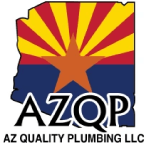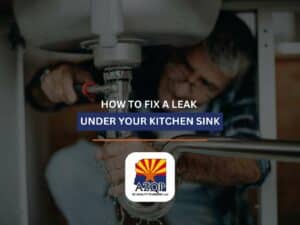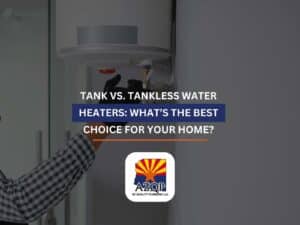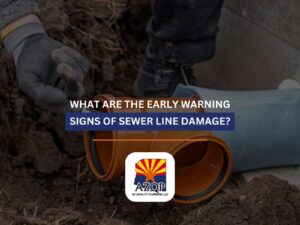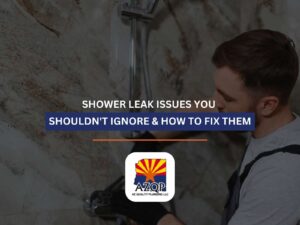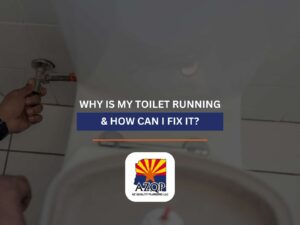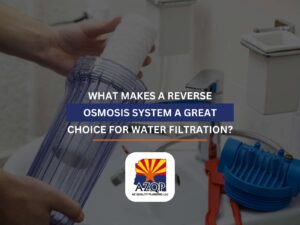How To Fix Low Water Pressure In Your Home?
Effective DIY Methods To Fix Low Water Pressure & Restore Strong Water Flow In Your Home
Dealing with low water pressure can quickly turn daily routines into frustrating chores. It takes away the comfort of a relaxing shower and makes tasks like dishwashing and laundry feel endless. But don’t worry! Before picking up the phone to call a plumbing services company, there are still some DIY methods that can help you solve this problem.
In this article, we’ll guide you through easy steps to pinpoint the root cause of your home’s water pressure issues and share the best tips to restore steady, satisfying water flow throughout your home.
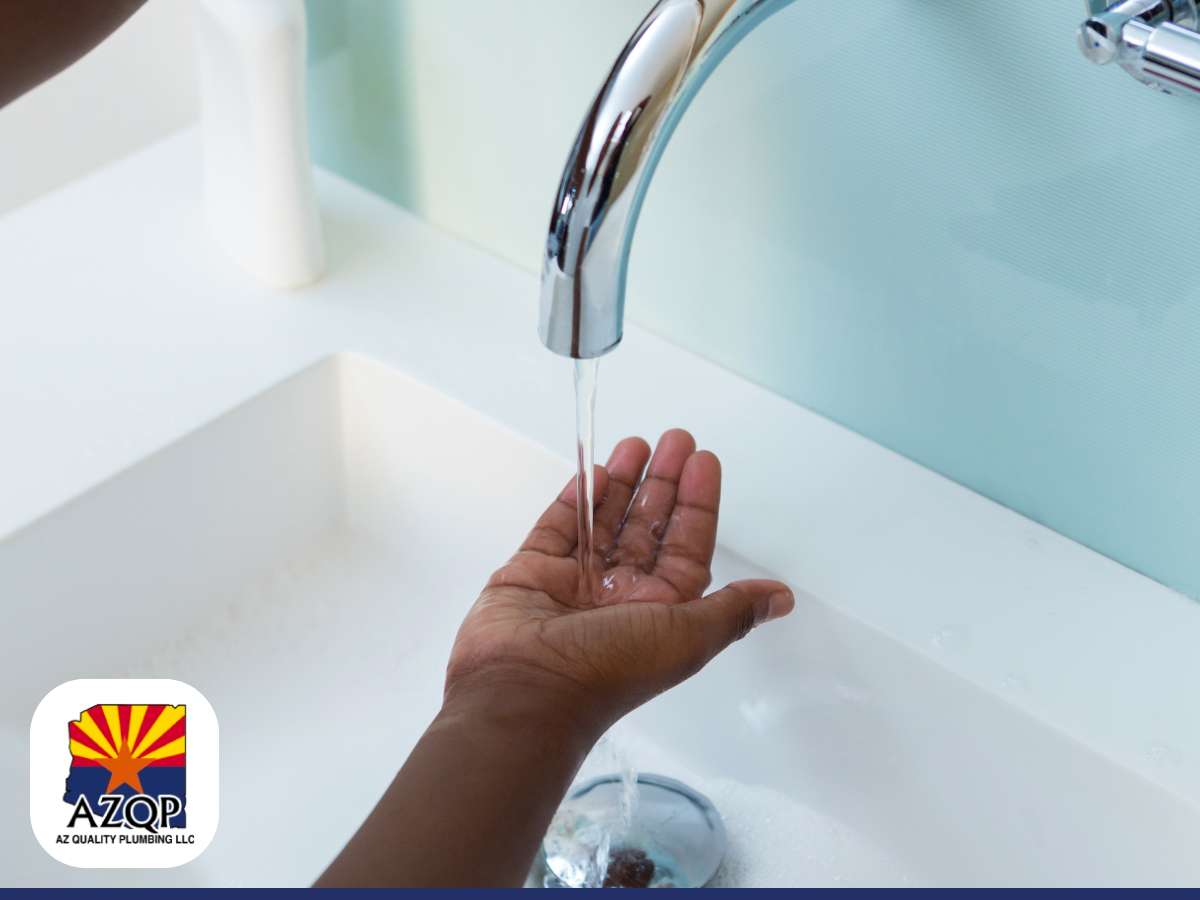
What Is Considered Normal Water Pressure? Understanding PSI & Ideal Levels
Normal residential water pressure typically ranges from 45 to 60 pounds per square inch (PSI), although anything between 40 and 80 PSI is usually considered acceptable.
Pressure under 40 PSI is considered low, and it usually causes slow faucets, weak showers, and poor appliance performance. On the other side, pressure above 80 PSI may damage plumbing fixtures, appliances, and pipes over time, increasing the risk of leaks.
If you want to accurately determine your home’s water pressure, we recommend using a pressure gauge attached to an outdoor spigot or faucet. Don’t forget to regularly monitor your home’s water pressure to prevent plumbing issues and maintain a comfortable, efficient living environment.
Common Causes Of Low Water Pressure & How To Fix Them
Finding the cause of low water pressure in your home before calling the plumbing company requires a careful investigation. Some of the signs include low water coming from faucets or shower heads, or appliances like dishwashers taking longer to fill up.
The most frequent reason is usually a clogged sink aerator, but other factors like corroded or blocked pipes, partially closed valves, hidden leaks, faulty pressure regulators, and even supply issues from your local water company could also contribute to the low pressure.
Let’s check the most common causes below:
- Clogged pipes or fixtures: Sediment, mineral deposits, or debris can accumulate in pipes and fixtures, restricting water flow over time.
- Faulty pressure regulator: A malfunctioning pressure regulator can cause inconsistent or reduced water pressure throughout the home.
- Partially closed valves: If main or secondary water valves are not fully open, they restrict water flow, causing low pressure.
- Corroded pipes: Older metal pipes, especially galvanized steel, can corrode internally, narrowing the passage and reducing water flow.
- Leaking pipes: Hidden leaks or damaged pipes can significantly decrease water pressure by diverting water flow.
- Municipal supply issues: Problems with the city’s water supply system or ongoing maintenance can temporarily reduce pressure.
How To Diagnose Low Water Pressure In Your Home
Diagnosing low water pressure at home is easier than you think, and it’s a good thing to do before calling your plumbing company. Here are the steps:
Check All Faucets & Fixtures
Turn faucets on, one by one, in different areas (bathroom, kitchen, outdoor spigots). Now, check each of them. If only one or two fixtures have low pressure, the issue is likely regarding those fixtures, possibly a clogged faucet or showerhead.
Inspect Aerators & Showerheads
Unscrew and remove aerators (small screens) from faucets. Check for sediment or mineral buildup. Next, clean or replace if necessary.
Look For Water Leaks
Check for damp spots, dripping faucets, or unexplained water pooling. Remember that leaks reduce water pressure by diverting water away from fixtures.
Check Valves
Ensure the main water shut-off valve and any other secondary valves (under sinks, behind toilets) are fully open.
Test Your Pressure Regulator (If You Have One)
Find the pressure regulator (usually near the main shut-off valve). If adjusting it slightly changes the water pressure, it may be faulty or incorrectly installed.
Ask Your Neighbors
If your neighbors also have low pressure, it could be an issue with the municipal water supply rather than your home’s plumbing.
Easy DIY Fixes For Low Water Pressure
Dealing with low water pressure at home can be quite stressful, and most of the time you need to call a plumbing company for plumbing repair to solve the issue. However, there are a few DIY tricks you can try before calling the pros to see if the water pressure gets higher.
Start by cleaning faucet aerators and showerheads. To do this, unscrew them, soak them in white vinegar overnight to remove mineral buildup, rinse them thoroughly, and screw them back into place.
Next, make sure all water valves are fully open. Check your main water valve, typically located near the home’s water meter, as well as secondary valves under sinks or behind appliances. Open any partially closed valves completely to allow better water flow.
Another effective method is flushing your water heater. Sediment buildup in the heater can obstruct water flow, causing pressure issues. Periodically draining and flushing your water heater can improve pressure and water quality.
You can also check your home’s pressure regulator. You can find it near the main water valve. Slightly adjusting it might increase pressure noticeably; if adjustments don’t help, the regulator may need replacement.
Lastly, inspect pipes and fixtures for any minor leaks. Tighten loose connections, replace worn washers, or fix visible leaks to ensure proper water pressure throughout your home.
Trying these simple and practical solutions can often resolve common water pressure problems without having to call a plumber.
When To Call a Maricopa Plumber For Low Water Pressure
While the DIY solutions mentioned above can often resolve minor water pressure problems, there are times when professional assistance may be necessary. If you’ve checked your fixtures, valves, and regulator but still experience persistently low water pressure, or if you suspect serious pipe corrosion or leaks behind walls, it’s best to contact a plumbing expert.
Still Experiencing Low Water Pressure? AZ Quality Plumbing Is Here To Help.
At AZ Quality Plumbing, our skilled plumber in Maricopa can quickly pinpoint the root cause of your low water pressure and provide lasting solutions. Don’t let plumbing issues disrupt your daily life! Contact us today for prompt, reliable service and get your home’s water flowing smoothly again.
